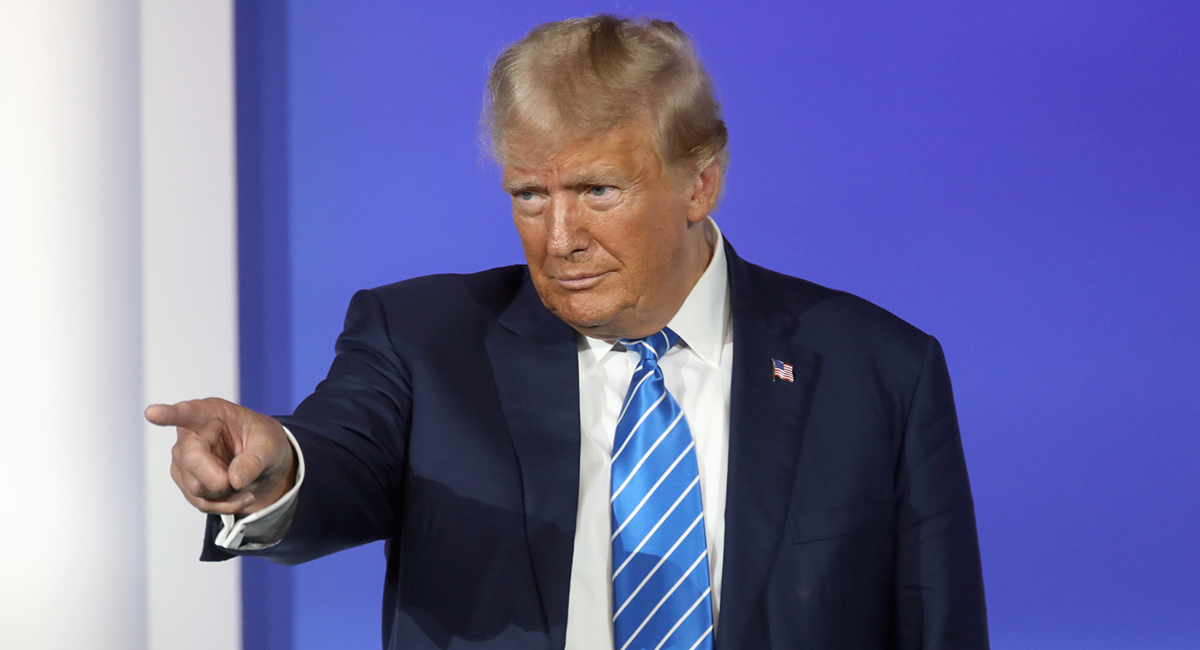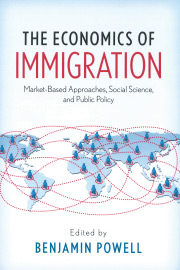Former President Donald Trump made increasing tariffs a major focus of his campaign in 2016, and he’s escalating his anti-trade rhetoric again in 2024. Unfortunately, while his trade policies were bad for our economy, they are good for his political prospects.
During a recent rally in Ohio, when referring to otherwise duty-free Chinese cars made in Mexico, Mr. Trump declared,“We’re going to put a 100-percent tariff on every single car that comes across the line, and you’re not going to be able to sell those guys if I get elected.” Similarly, in February he confirmed that he planned to re-ignite a trade war by imposing a 60-percent tariff across the board on all Chinese imports.
When he campaigned with anti-trade rhetoric in 2016, economists could point to more than 200 years of economic theory, dating back to Adam Smith, that indicated his trade policies would shrink incomes in both the United States and China. They also could point to evidence that lower tariffs and increased trade had improved lives in the United States over previous decades.
But economists didn’t have recent examples of the impact of major tariff increases in the United States because we had been lowering tariffs, not raising them, for decades. Now, in 2024, we can examine the results of Trump’s first-term trade policies to better evaluate the validity of his trade rhetoric today.
During his first term President Trump imposed tariffs on European goods and made some relatively minor changes in our trade agreement with Canada and Mexico. But his declaration of a trade war with China was his signature change in trade policy. Throughout 2018 and 2019 he imposed thousands of tariffs targeting roughly $350 billion in Chinese imports. China retaliated by imposing tariffs on roughly $100 billion in U.S. exports.
A recent National Bureau of Economic Research (NBER) paper by economists Pablo Fajgelbaum and Amit Khandelwal surveyed scores of economic studies that have estimated the consequences of the trade war with China. Their two main takeaways were that “U.S. consumers of imported goods have borne the brunt of the tariffs through higher prices” and that the trade war decreased average incomes in both countries, though this was not large relative to our overall economy.
Supporters of Trump’s trade policies may be willing to bear the burden of higher prices and lower incomes if U.S. manufacturing jobs are protected. However, his trade policies apparently did not deliver on that either. Another new NBER study, by economists David Autor, Anne Beck, David Dorn, and Gordon Hanson, found that Trump’s tariffs did not increase employment in the regions of the newly protected industries. They also found that China’s retaliatory tariffs decreased agricultural employment in the United States.
Their study also pointed to why Trump continues to try to sway midwestern voters with his anti-trade rhetoric. Voters in districts with firms targeted for protection by his tariffs became “less likely to identify as Democrats, more likely to vote to reelect Donald Trump in 2020, and more likely to elect Republicans to Congress” despite the lack of economic benefits in the targeted industries and districts.
The political appeal of Trump’s rhetoric can be partially explained by voters’ difficulty in disentangling the effects of many individual economic policies. The bulk of President Trump’s domestic economic policies on taxation, regulation, drilling, and a host of other important issues were pro-growth and led to an economy that raised living standards for the middle class before the pandemic despite the drag caused by the trade war. Without a solid understanding of economics, voters hearing Trump’s rhetoric could easily confuse correlation and causation.
In 2018 President Trump declared, “I am a tariff man.” Until economists do a better job of educating voters about the harmful effects of tariffs, Trump is likely to continue to be a tariff man. Unfortunately, good politics often runs counter to good economics.












